Benefits
Velcro curtains are suitable for creating a concise design. Popularity mounting method Velcro is due to the combination of the classic look of the canvas and convenient operation without the use of a cornice.
Velcro curtains have several advantages:
- serve for a long time, Velcro does not lose its quality after washing;
- easy installation, a frame without a cornice is used;
- take up little space, a minimum of space is used;
- convenient to remove, wash and fasten with Velcro;
- there is a wide selection among models (Roman, Austrian, rolled, curtains with loops);
- dry and iron quickly.
How to attach a curtain to the window?
You can attach the Velcro curtains directly to the window frame, on the wall or on the rail, but the essence of the attachment remains the same, hooks and rings are also not used.
Installation on a plastic window
Velcro fastening on a plastic window does not violate the integrity of the window. Velcro is glued around the perimeter of the window, or just on top and on the sides.
On the wall
When mounting on the wall, the hard part of the Velcro is fixed with screws or glue, and the soft part is sewn to the wrong side of the curtain.
On a wooden plank
An adhesive tape is attached to a wooden rail using glue or a stapler. The rail itself is fixed with screws on the wall.
Kinds
Velcro curtains are often short, most often they are presented in the market in the market.
Roman
Curtains with light folds and an opening mechanism are suitable for any interior and room. If each window has a different curtain length, the room will look unusual.
Japanese
Curtains look like fixed panels, suitable not only for oriental style. Due to the tension and weighting from below, the canvas retains its shape and will not move from the wind.
Roll
Most often used to emphasize minimalism. Suitable for balcony, loggia. They are best mounted on the window under each sash separately.
Installation guide
Hinged
Velcro curtains are similar to regular curtains, attached to the curtain rod, but to remove them you do not need to remove the curtain rail, just disconnect the velcro.
Material and color selection
The fabric should not be heavy, this is the main condition. Therefore, lightweight natural or synthetic material is suitable.
For a balcony, it is best to use a blended fabric with polyester, organza, because it does not fade in the sun and dries quickly.
From natural fabrics, linen, cotton, jacquard, satin and bamboo are suitable, which are saturated with a special dirt-repellent mixture.
When choosing a fabric color, it is important to maintain the unity of style. They can be neutral beige, white, pastel color, or bright color, with inserts or pattern. Different windows in one room can be decorated in different colors. They can be combined with wallpaper, repeat his pattern, or be plain.
Photo in the interior
Velcro curtains can be translucent or dense, depending on the fabric chosen. They better darken the room because there is no free space between the curtain and the window.
Balcony or loggia
Velcro curtains are often used to hang windows on balconies and loggias.This is a convenient and economical way to hide the room from sunlight and street views due to the rational use of the material. The Velcro curtain is a convenient option for decorating the door to the balcony, since there is no curtain rail and hanging canvas above it, the curtain does not touch upon exit and the passage remains clear.
Kitchen
Velcro curtains are suitable for the kitchen if the window is located above the sink or stove, as well as if the window sill will be actively used as a shelf or an additional workplace.
Children
Velcro curtains made of thick fabric are suitable for the nursery, this will provide a good daytime sleep for the child.
Living room
In the living room, ordinary curtains or tulle can be supplemented with curtains that are attached to the window frame with Velcro. Japanese Velcro curtains will look good in a small living room.
Bedroom
For the bedroom, translucent Roman Velcro curtains or dense with a jacquard pattern are suitable. The uniqueness of such curtains is that they suit any style of bedroom.
How to sew Velcro curtains
The consumption of fabric is individual, depending on the size of the window and the selected fabric.
Materials and tools:
- the cloth,
- Velcro tape
- sewing machine,
- scissors,
- ruler.
Operating procedure
- Take measurements of the window. On a four-leaf window with a width of 265 cm, 4 curtains must be made, each 66 cm in width (264/4), where 1 cm was taken from the total width of the window. Height is measured with a 2.5 cm allowance for the Velcro top and bottom. We add 5 cm to the height of the window 160 cm.
- For each curtain, you need to sew 4 ties from the same or different fabric. For one tie you need to take a cut with a width of 10 cm and a curtain height of + 5 cm. The bottom of the tie is sewn.
- Then fold the tie in half and sew along the length from the inside.
- Turn out, fold allowances on the long side and sew. Iron all the ties. Also, ties can be made from lace or bobbin tape.
- Cut out the curtains in size, taking into account lateral allowances of 2 cm on each side and an allowance from the bottom +1 cm. Fold the sides of the curtain, then the bottom of the curtain with the soft part of the Velcro so that it is on the wrong side.
- To the top of the curtains on the front side, stepping back from the top 1 cm, pin a soft Velcro. From the edge of the curtain on both sides measure 7 cm and put one eyelet under the Velcro bottom. Stitch.
- Fold the Velcro to the wrong side and sew, laying on 1 stitch. The curtain is ready.
- Degrease with a tool (alcohol, nail polish remover) the place on the frame where the hard part of the Velcro will be glued. For convenience, you can cut the Velcro into parts and glue them butt.
- To fix the bottom of the curtain, it is enough to use a rigid velcro around the edges.
With the help of ties, you can lower and raise the curtains, also at the bottom you can make a pocket for the rail, then the Austrian curtains will turn into Japanese.
When attaching the curtains with Velcro to the frame, they will protect the house from insects and will not peel off from the wind thanks to the bottom fastening with Velcro. These curtains are easy to remove and wash, they have an aesthetic appearance inside and out.
Do-it-yourself hinged curtains
For the convenience of removing curtains from the eaves, you can sew Velcro to the loops.
Materials and tools:
- sewing machine,
- iron,
- scissors,
- pins
- cardboard,
- the cloth.
Operating procedure:
- The width of the curtain is calculated by the formula: from the distance from the cornice to the desired length, subtract the length of the loops, then add 1 cm for processing the top and 6 cm for processing the bottom.
- Calculation for loops. The width of the loop (any) is multiplied by 2 and add 2 cm to the resulting number to allowances. Loop length * 2 cm + 4 cm for stocks.
- The number of loops is calculated as follows: the width of the curtain is divided by the width of one loop. On the curtain, the loops are arranged as follows: multiply the number of loops by their width from the width of the finished curtain, and divide the resulting number by the number of distances between the loops. For example, 75-5 * 5 = 50. 50/4 = 12.5, which means that every 12.5 cm it will be necessary to pin the loop with the seam up.
- Treat the side seams of the curtains. Make an allowance mark, iron a fold and sew from the wrong side.
- Cooking loops.Slices of fabric of the desired width and length are folded face inward and sew along the length indented 1 cm from the edge. To steal a loop with a cardboard inside so that the seam does not lie. Unscrew the product with the seam in the center and also steam the seam with cardboard inside.
- Stitch the stitched stitches.
- We are preparing a grinder with a length of the width of the curtain and a width of 5 cm. To steam it.
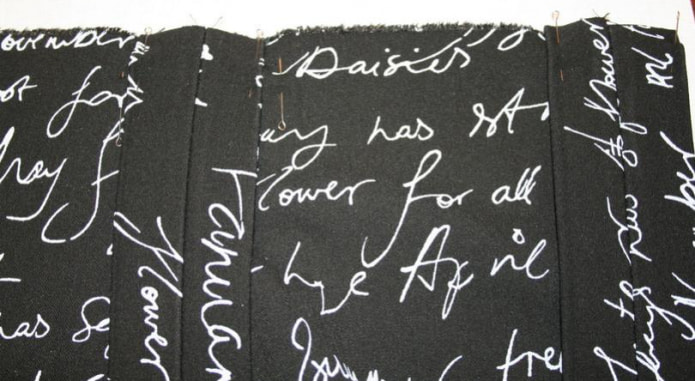
- Attach the curtains to the top from the front, covering it with hinges. Attach with pins and sew, leave 1 cm free edge at the top.
- Steam the seam and the free edge, then tuck the side edge and attach with pins.
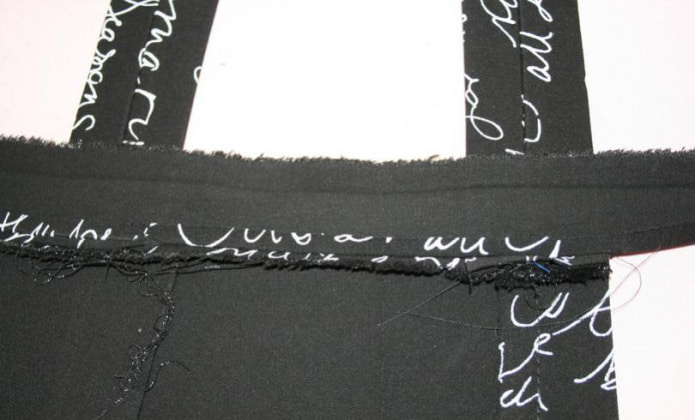
-
Put a stiff velcro with a width equal to the width of the loop under each loop and sew from the wrong side with one line.
- Fold and stitch the edge of the edge, indenting from the edge of 1 mm.
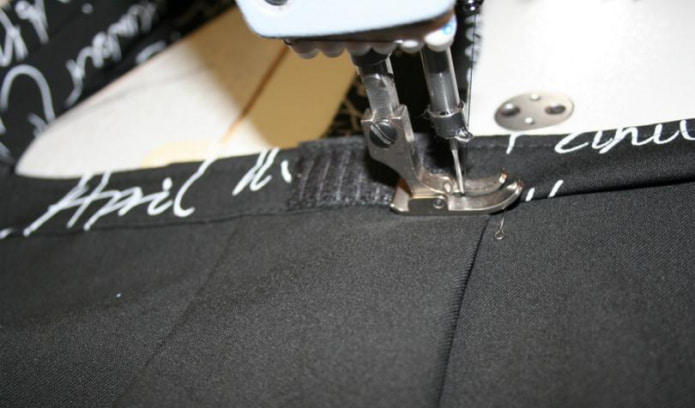
- Apply the soft part of the Velcro to the free edge of the tie from the front, equal to the width of the loop and the height of the rigid part of the Velcro. Stitch.

- On the wrong side, sew Velcro on all sides.
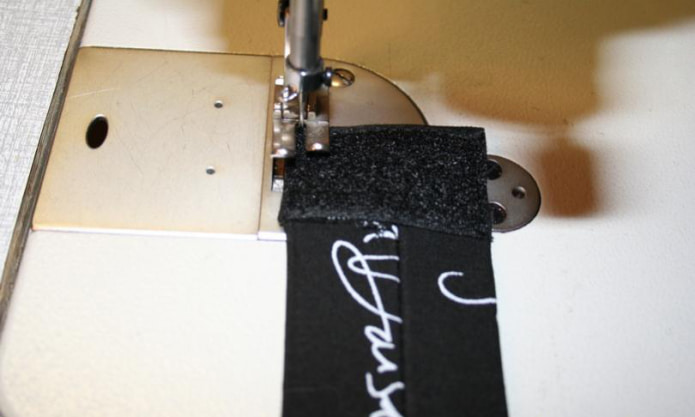
- Handle the bottom of the curtains. Iron and stitch the deferred allowance. The Velcro curtain with hinges is ready and you can hang it on the window.

Video
The given master classes will help to create unique curtains for the interior of the kitchen, balcony, loggia. Velcro curtains are easy to use, so you should consider this option for window decor.

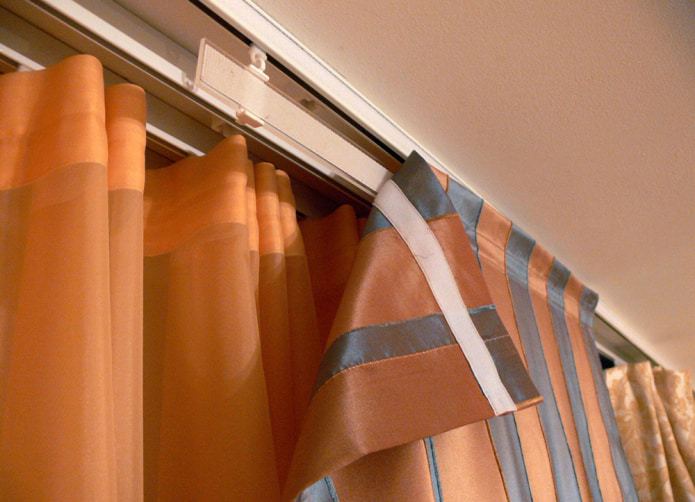
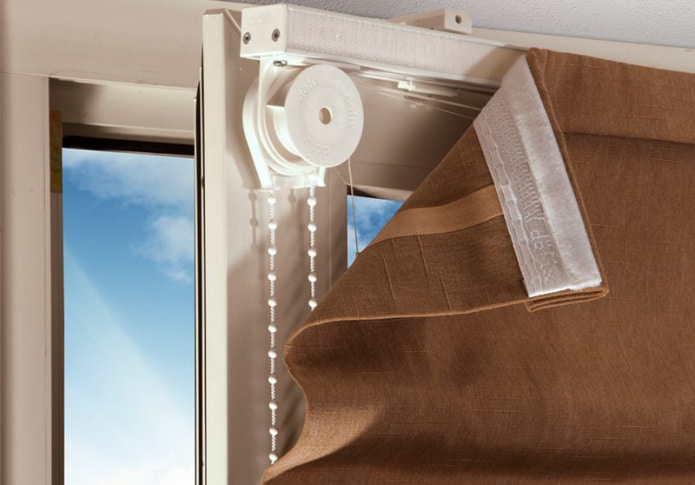
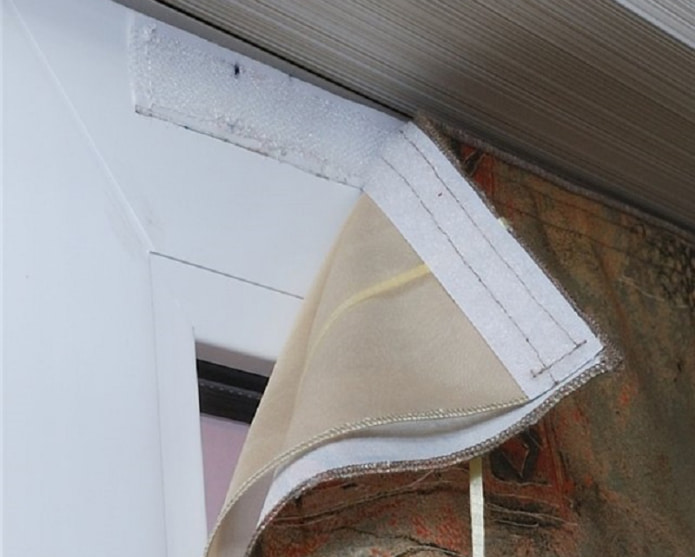
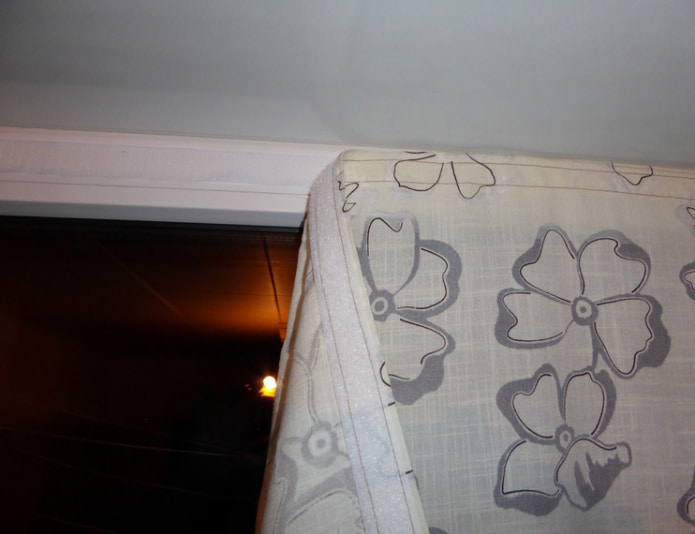
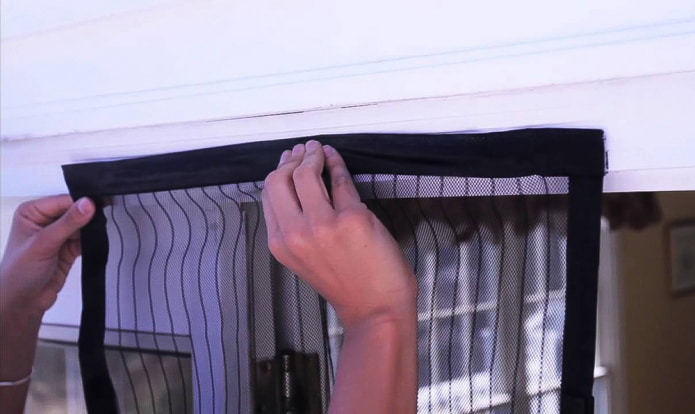

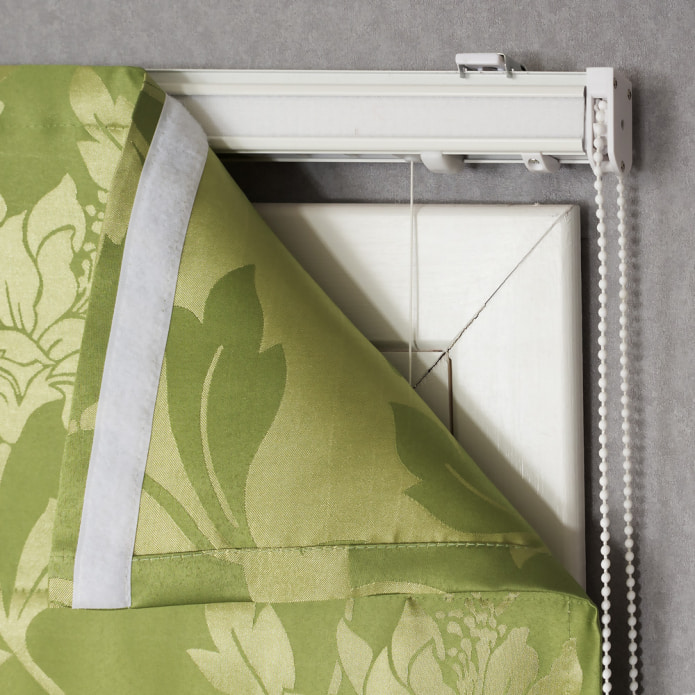
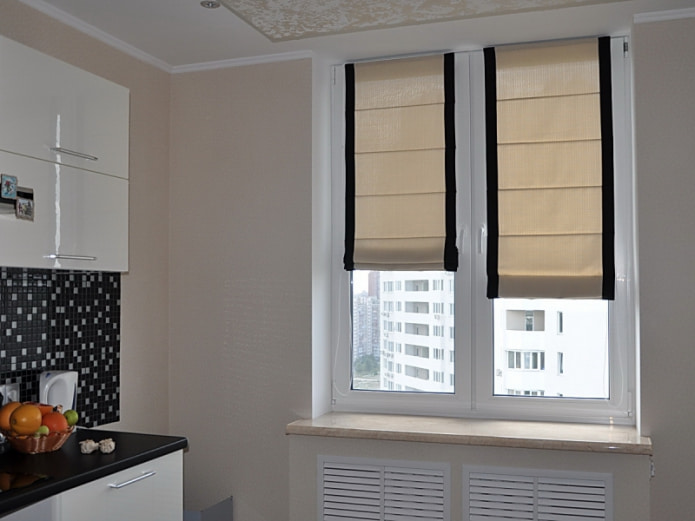
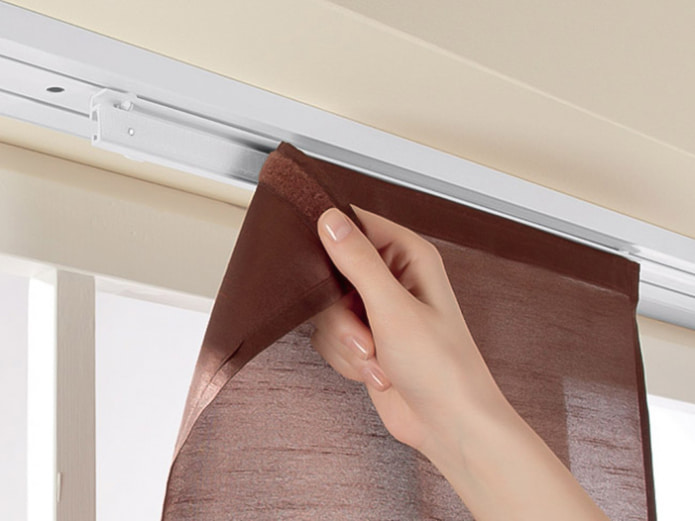

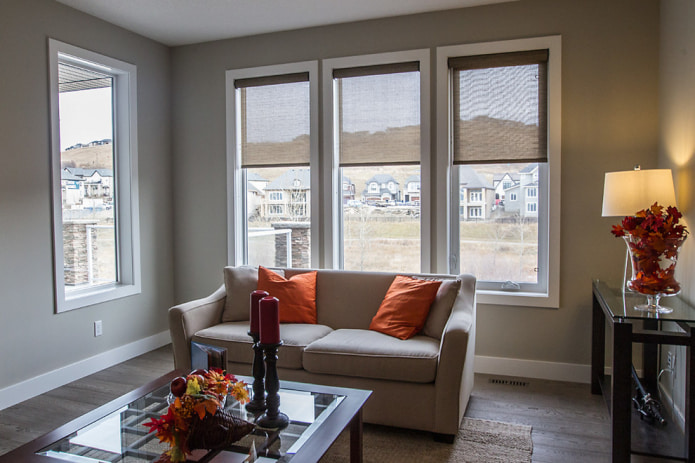

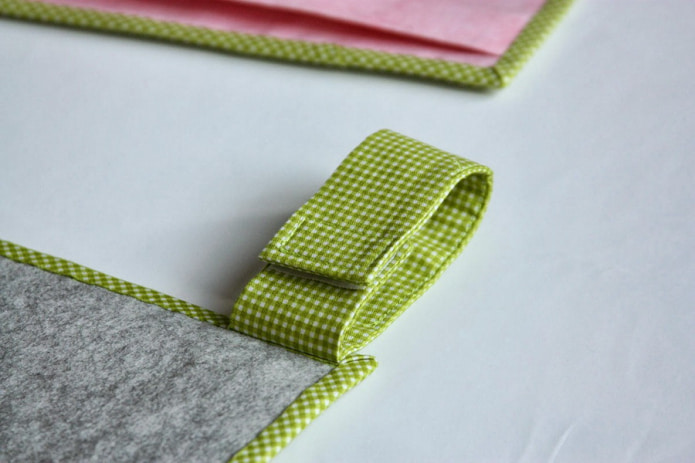
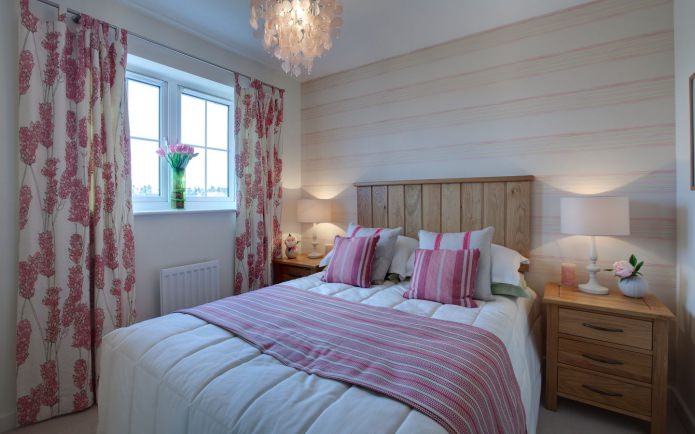
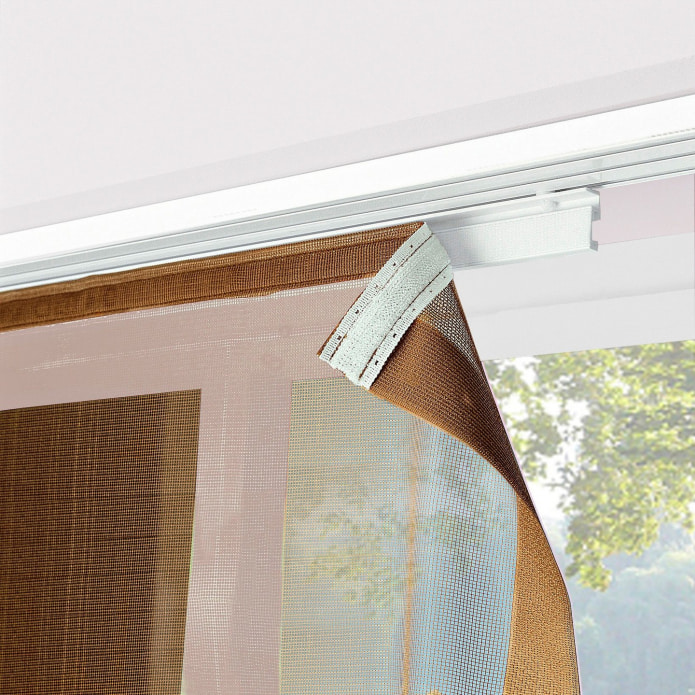
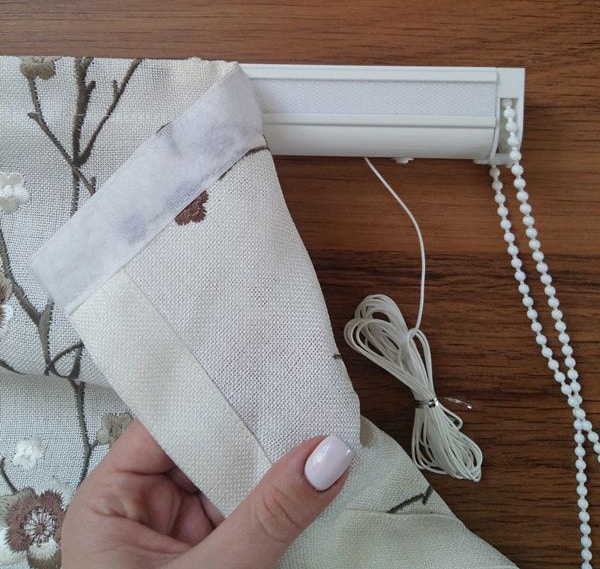
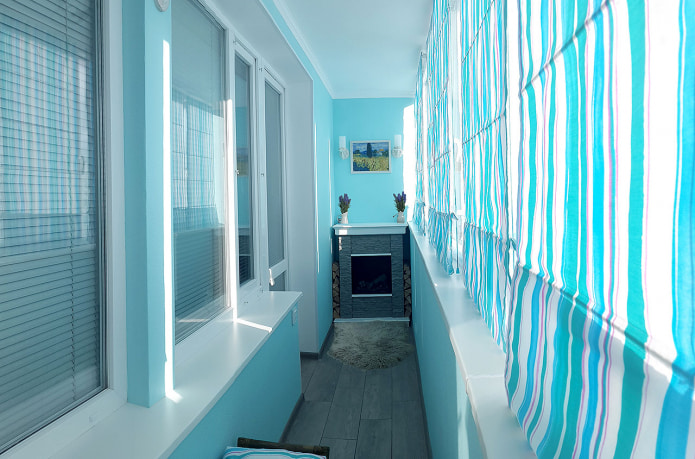
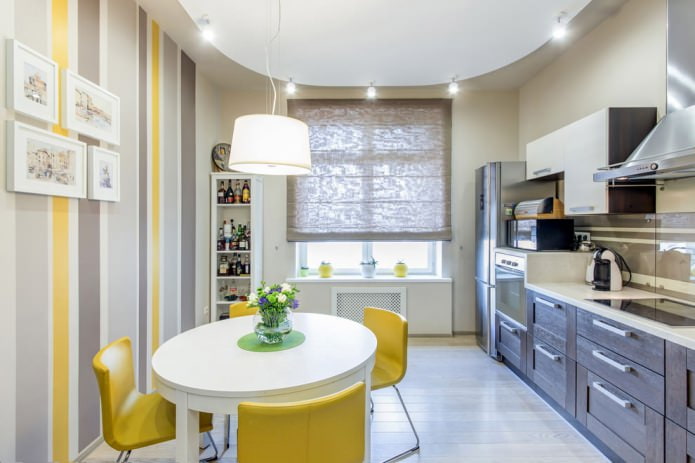

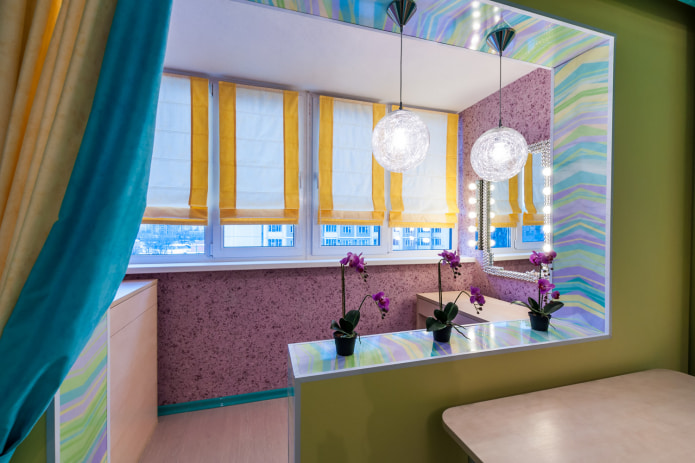
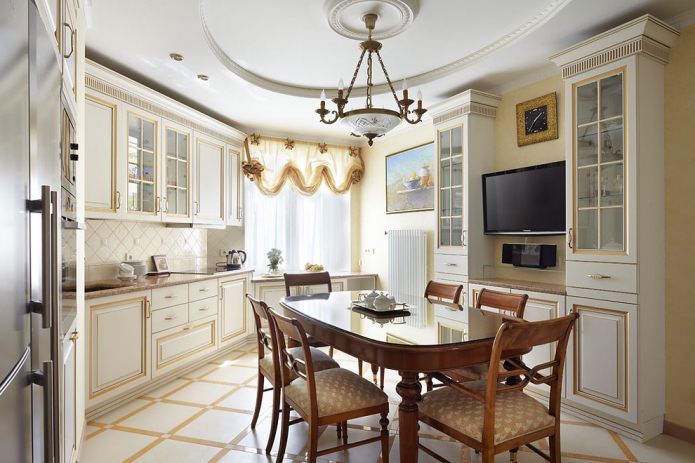
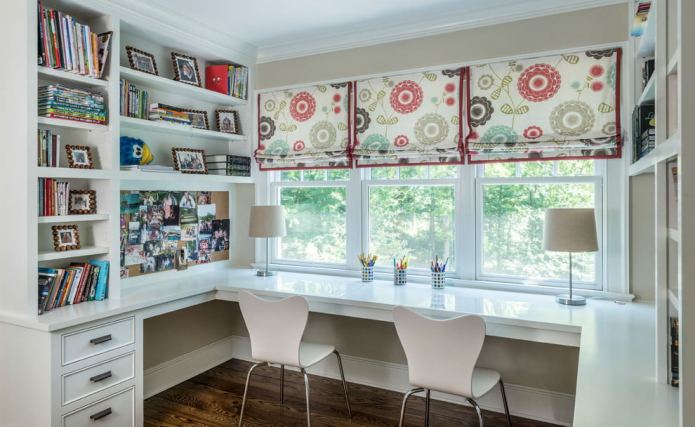
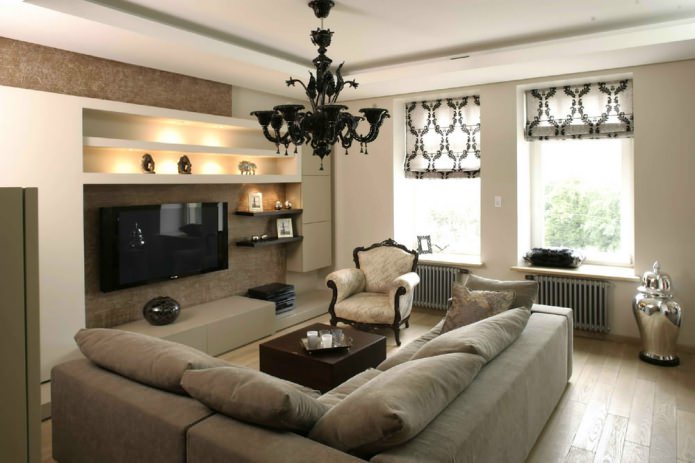
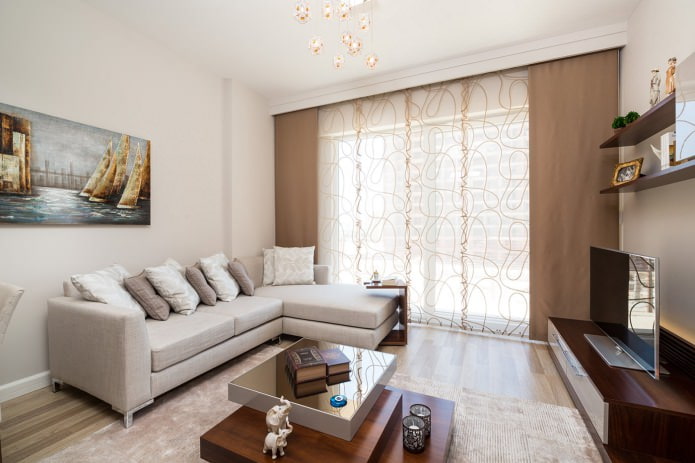
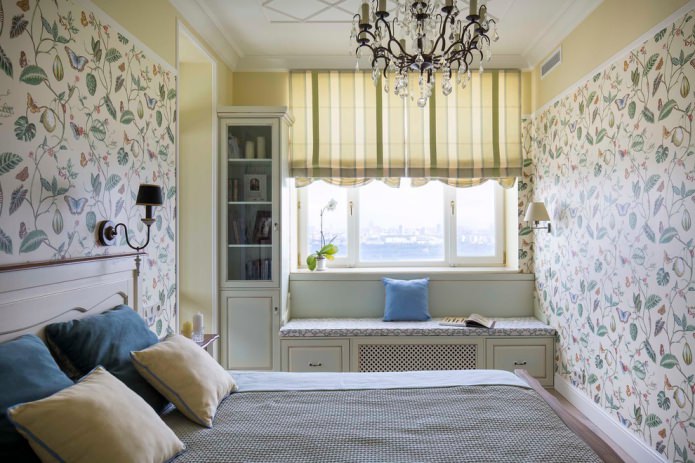
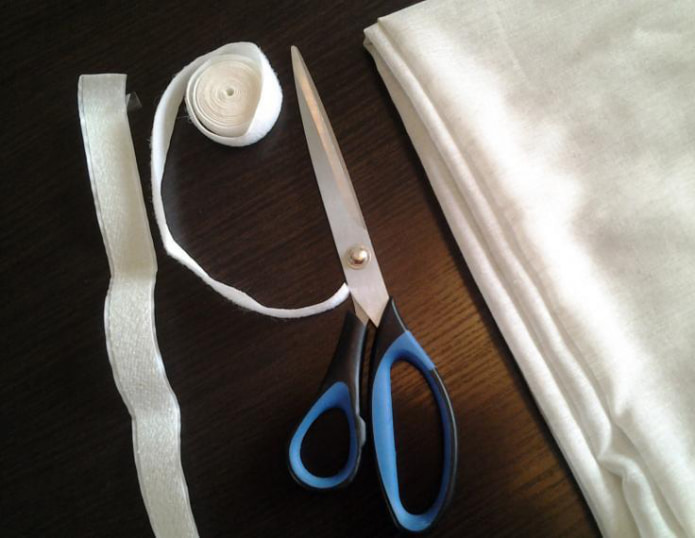

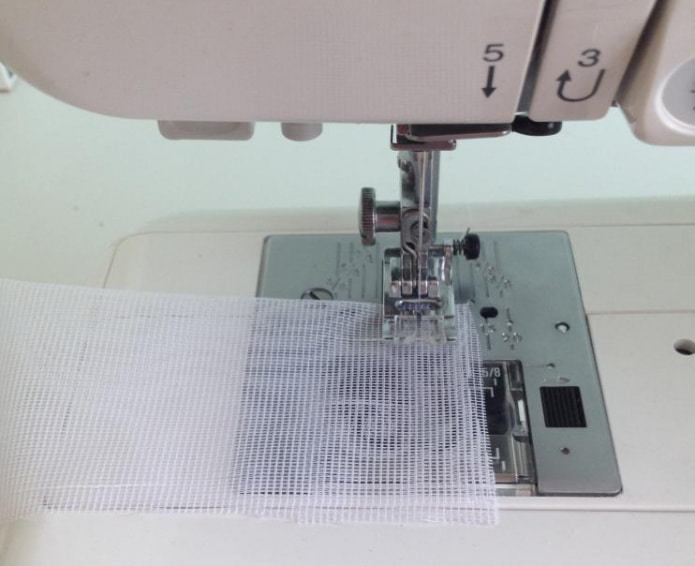
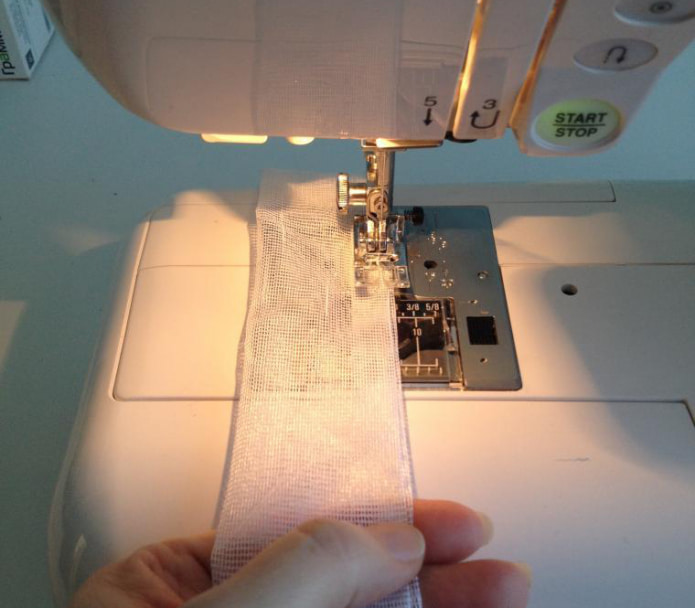
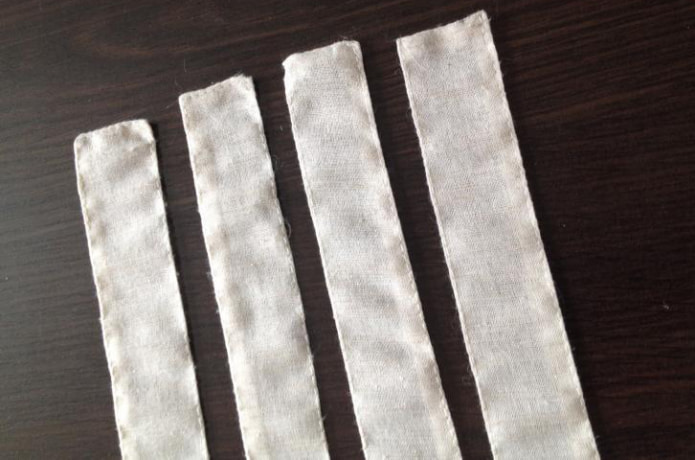
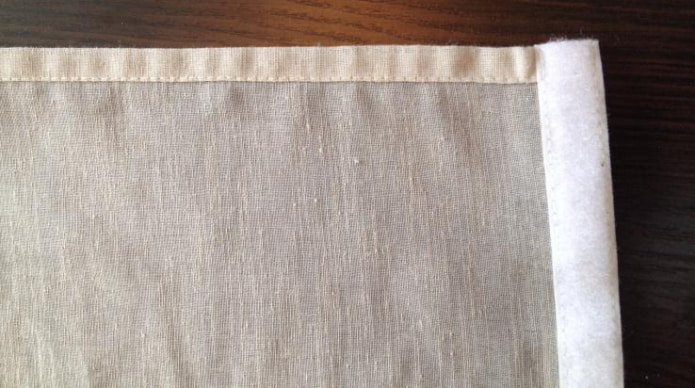
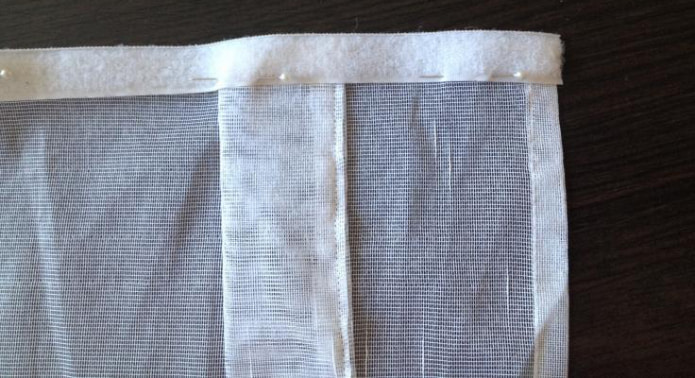
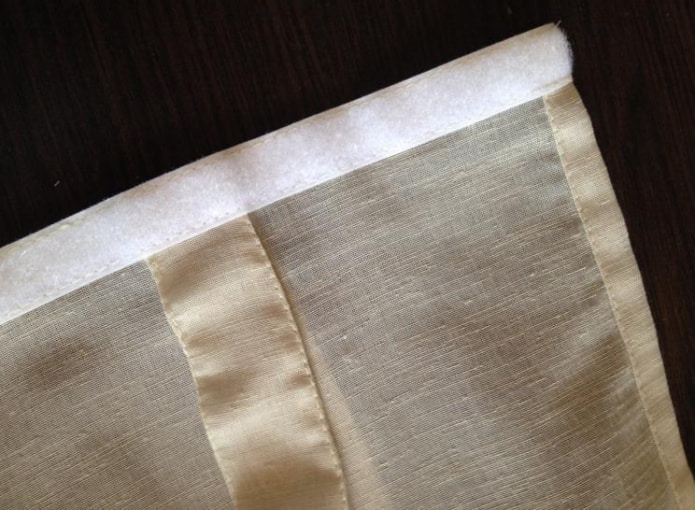

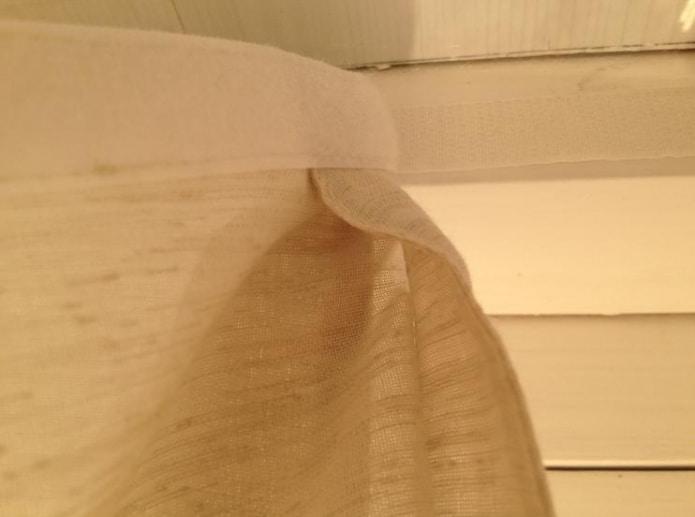
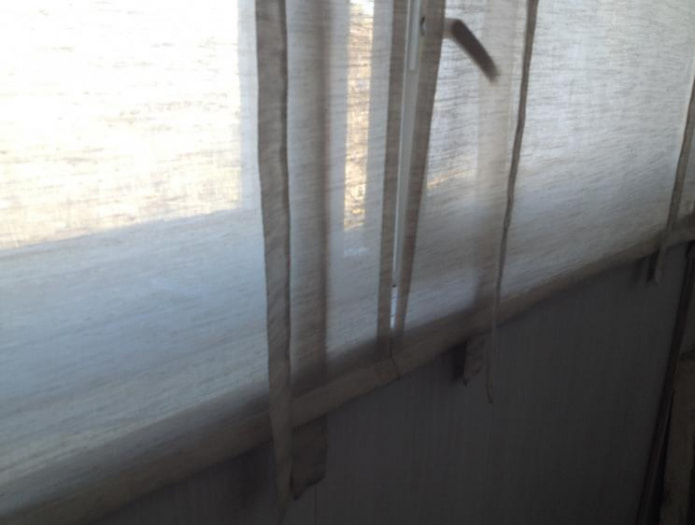
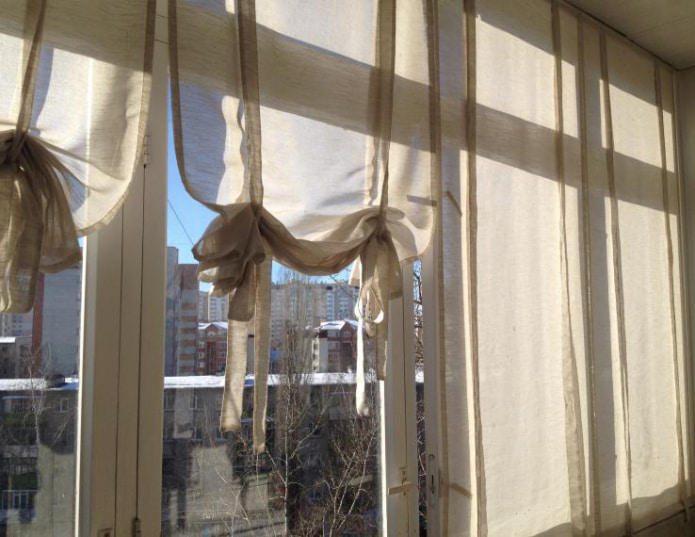
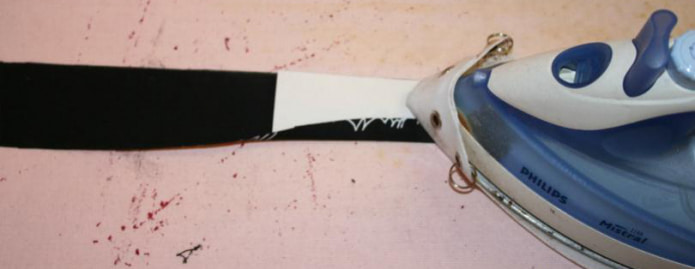
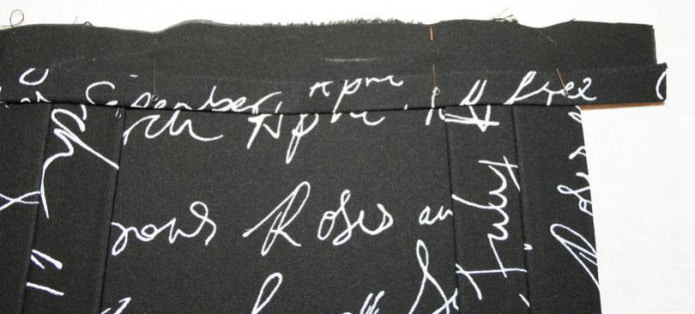
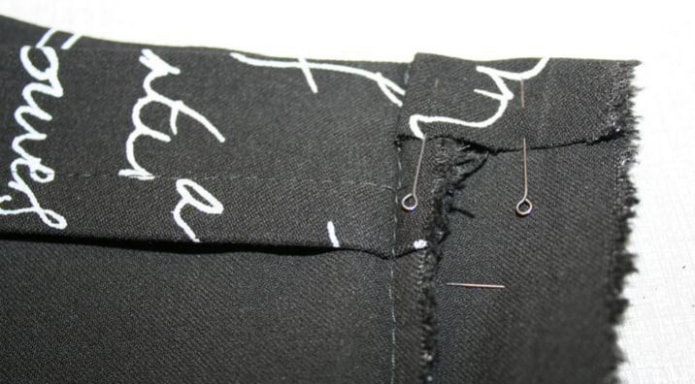
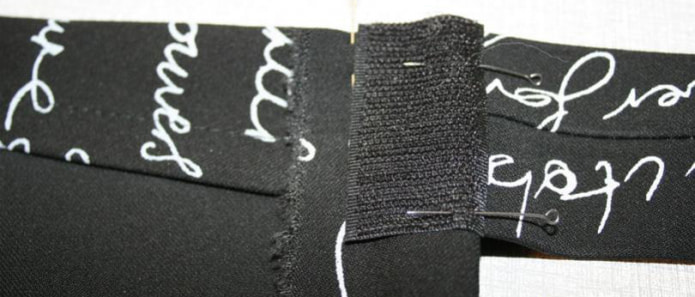

 Top 10 Trends in Interior Design 2020
Top 10 Trends in Interior Design 2020 Rating of cheap TVs with Smart-TV
Rating of cheap TVs with Smart-TV New Year's LED garlands on AliExpress - we disassemble while it is hot so that the house is bright
New Year's LED garlands on AliExpress - we disassemble while it is hot so that the house is bright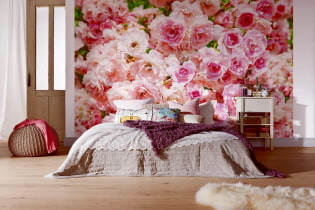 Wall mural with flowers in the interior: living wall decor in your apartment
Wall mural with flowers in the interior: living wall decor in your apartment Gray sofa in the interior: views, photos, design, combination with wallpaper, curtains, decor
Gray sofa in the interior: views, photos, design, combination with wallpaper, curtains, decor Interior in peach tones: meaning, combination, choice of finishes, furniture, curtains and decor
Interior in peach tones: meaning, combination, choice of finishes, furniture, curtains and decor